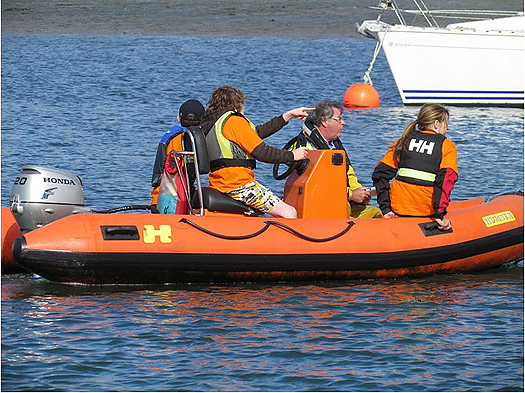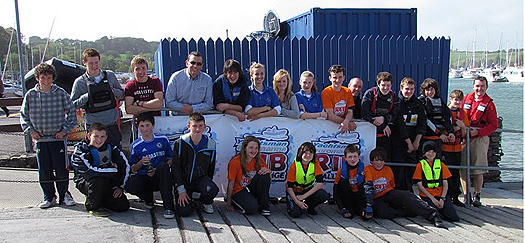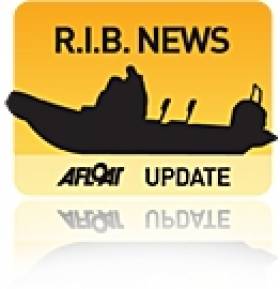Displaying items by tag: McCrory
Foynes Takes Regional RIB Title at Royal Cork
The first of three regional finals of the ISA Yachtsman Euromarine Rib Challenge 2011 was held at Royal Cork Yacht Club last Saturday and it was an exciting start to the competition.
This year the competition was designed to encourage the younger members of our boating community to take to the water in a safe, responsible and most important an enjoyable way. On registration the competition sponsor Matt McGrory who was in attendance started off proceedings in a positive and fun manner by giving each entrant a competition T Shirt and taking a team Photo. This got all teams into a fun and competitive frame of mind.

Negotiating the tasks on the Royal Cork RIB course. Photo: Matt McRory
This Regional Final saw the ISA introduce a new format for the competition. Each Team had to carry out 10 tasks in a 3 hour period. These tasks consisted of "on the water maneuvering" of their craft and some off the water activities such as "rescue line throwing, Knots and various questions on all aspects of boating".
For the 3 hour period you could feel the tension as all teams went from task to task, when the time was up ISA RDO Ciaran Murphy had the task of adding up the scores. Throughout the day the high scores in each competition differed with no Team showing dominance. In the end it was a tight affaire and the Top Six were:

RIB Competitors at Royal Cork
1st Place – Foynes 1
2nd Place – Foynes 2
3rd Place – Royal Cork Yacht Club
4th Place – Glandore Harbour Yacht Club
5th Place - Atlantic Sailing Club
6th Place – Sailing Academy of Ireland
The top four teams now qualify through to the National Final where they have a chance of winning the ISA Yachtsman euromarine Rib Challenge 2011 top prize of a Club Rib.





























































